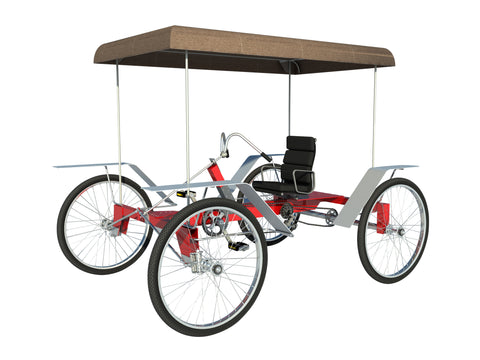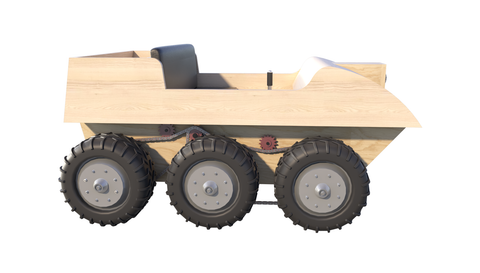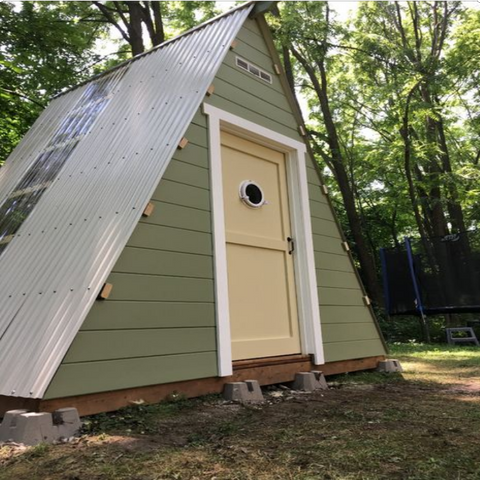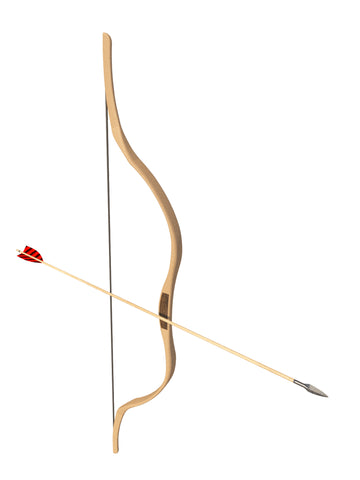Traditional Wooden DIY Toboggan Plans - Snow Sled Downhill Sledding Winter Sports
These DIY Toboggan Plans are for you to build your own traditional wooden toboggan. These look fabulous!! You can ride them as is or wax the bottom and create new speed records. With a nice varnish you can hang it on the wall as art.
What is a Toboggan?
If you've ever wondered what is a Toboggan, you've come to the right place. Toboggans are fun, versatile winter sports, and the OED lists some interesting facts about them. Toboggan is a French word, but it also has a Native American origin. The Micmac and Abenaki tribes called theirs a "tabaganne." The word toboggan was adopted by the French in Canada sometime in the late 1600s. The word tabaganne first appears in the early 1800s, and the English spelling first comes in use in the mid-1800s.
Toboggan hat
A toboggan is a long, flat sled used for skiing or sledding in the northern United States and Canada. Traditionally, toboggan riders wore a knit hat to keep themselves warm. The word toboggan itself comes from the Algonquian language. It translates to "to drag along."
The toboggan has many different names. In the southern part of the US, it is known as a "beanie," while in the UK, it is known as a "touque." This hat is often made of wool or acrylic and may have a lining made from fleece. The brimless design helps to keep you warm, so you don't need a thick coat of gloves.
Toboggan sled
A toboggan is a simple sled made for sliding on snow and ice. It is a traditional form of transport for northern people. While some toboggans are made from wooden boards, others are made from plastic, metal, or aluminum. The word toboggan is thought to come from an Algonquian word meaning 'curled front'. Toboggans were once used by woodcutters as a practical way to transport logs and supplies. The term toboggan was later modified and used as a sports word.
Toboggans are usually four or more feet long and can hold more than one person. They are also designed to carry several people and must be at least five feet long. Toboggans that weigh more than four to ten pounds tend to sink when they are carried uphill, so choose a model that is between four to ten pounds. Toboggans with handles on the sides offer additional steering power.
Ushanka hat
A ushanka hat is a traditional winter hat with ear flaps. This hat is traditionally made from sheepskin, rabbit or muskrat fur, although it can also be artificial. The modern version of the ushanka hat was developed in the Soviet Union in the 20th century. Although the hats were worn for centuries in Russia, their modern form originated in the Soviet Union. They were originally used by Russian arctic explorers as part of their military uniforms, but they became uniforms during the Civil War. They were also popular amongst Soviet leaders.
One of the most common styles of Ushanka hats is the Full Fur Trapper Ushanka. Other styles include the Fur with Leather/Suede Trooper Hat. These hats are warm and comfortable to wear during a toboggan ride. It's easy to find a ushanka hat to go with your outfit. Just make sure to buy a hat that's comfortable, insulated and functional.
Ushanka sled
The Ushanka sled toboggan has been a traditional Russian sled toboggan for centuries. It was used by the Soviet Union during the Cold War and is now a popular souvenir for tourists from around the world. Before the Soviet Union gained independence, the Ushanka was worn by men only. However, it later became unisex. It is no longer worn by men in Russia, but it has become one of the most iconic Russian items. The Ushanka is now manufactured by dozens of companies in various colours and materials and sold to both the civilian and paramilitary markets.
The modern Ushanka's design was influenced by the Norvegian norvezhka, which was invented by arctic explorers. The Norwegian sled also featured earflaps that extended beyond the ears. The Russian Cossacks, who migrated to the Soviet Union after the First World War, were also responsible for the development of the Ushanka. After the war, faux fur became a popular material for this purpose, and today, it is often used for a variety of purposes.
All DIY plans are designed by Ben Stone. Ben is a retired Engineer in Canada. Ben also drafts these himself using the latest AutoCAD software to ensure accuracy. He studied Engineering back in the early 1980's. After over 30 years in the Construction industry he developed a passion for building cool items around his farm and cabin. These are great DIY projects. With a little skill anybody can Do It Yourself. Ben is always a email away if you have any questions while building one of his projects. He is adding new plans all the time.









